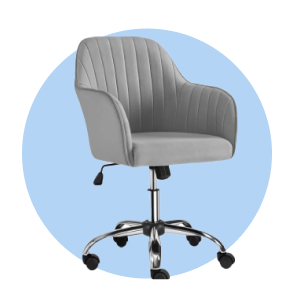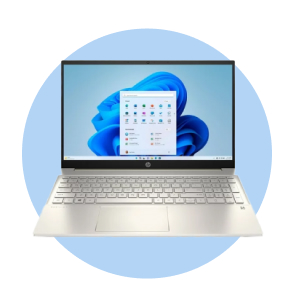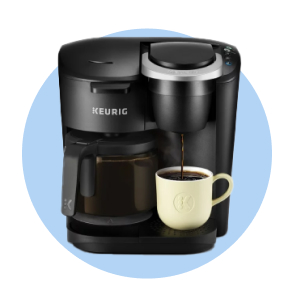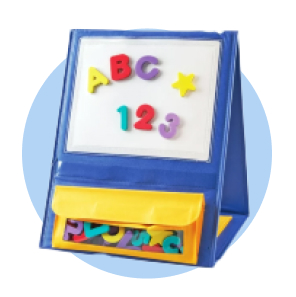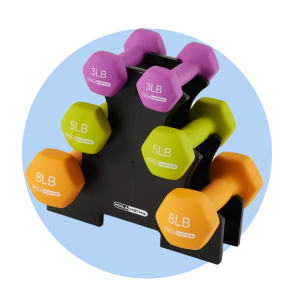
Understanding Office Equipment: The Complete Buyers Guide
Know what to look for
The humble office printer and scanner are the unsung tech heroes of the workplace. The best office equipment is almost invisible, seamlessly helping workers everywhere create and share information without a fuss. However, finding the right equipment means navigating through a huge selection of printers and scanners that are often best suited to specific needs.
At Walmart Business, we understand the importance of finding office equipment that balances efficiency, quality and cost. Here, we’ll answer crucial questions, like what considerations to make when looking for printers and scanners across a variety of use cases, and whether an all-in-one device is a good fit.

How to choose the right office equipment
Before purchasing a printer or scanner, evaluate what your business actually needs and compare these needs against your available options. The last thing you want is to spend a lot of money on expensive office equipment and learn that it’s insufficient for handling your business’s specific workloads. Here are a few considerations to make before purchasing a new printer or scanner.
Inkjet printers vs. laser printers: There are two main printer varieties. Inkjet printers rely on several colors of ink cartridges to print text and images, while laser printers use an electrostatic charge to transfer toner to the paper. Laser printers tend to be faster and best suited for busy offices that need to print a large volume of paper, but they are also more expensive than the slower yet more economical inkjet.
Connectivity options: Think about where your office equipment will live. Will it be available for a single workstation or the whole office? Will it have ready access to your network via a wired ethernet connection, or will it need a wireless connection to serve your employees? Will your employees need to print files stored on their mobile devices, USB drives or SD cards? Answering these questions will help determine whether you should spend extra on connectivity features.
Single-purpose vs. all-in-one: Single-purpose devices aren’t as versatile as their multi-function counterparts. The trade-off is that they’re very good at their stated task, often printing or scanning at higher quality and with more efficiency. However, if space is a premium, an all-in-one device can provide decent results in a much smaller footprint.
For specific tips on finding the right printer for your needs, read How to Choose the Best Office Printer.

Home office printers: A delicate balancing act
For home offices, having a printer is largely a matter of convenience and necessity. Many people likely don’t need the fastest or best printer on the market—they just need something easy to use to print out hard copies of important documents to mail or archive in file storage. The following, then, will likely be your biggest concerns as you pick out a home office printer:
Size: Space is at a premium in a home office, so try to balance the device’s size against cost and performance. A tiny printer may fit anywhere, but it may also lack crucial features or produce poor-quality prints.
Cost: Consider more than just the price of hardware. Find out how much inkjet or toner cartridges cost to replace and how often you’ll need to do so. An inexpensive printer may be less efficient with its resources, making it more expensive to use in the long run.
Speed: While you likely won’t need to print at the speeds a corporate office might require, you still don’t want to wait forever. Average print speeds are around ten pages per minute for inkjet printers and 20 pages per minute for laser printers. Use those values as a baseline to guide you in the right direction.
Print quality: 300 dots per inch (dpi) is a solid average resolution for quality, readable document prints. If you plan on printing detailed color images, consider searching for a printer that can achieve at least 600 dpi.
Read How to Select the Best Home Office Printer for Your Workspace to learn more about how to find a home printer that balances cost and quality.
Reducing costs with your small business printer
While small businesses will likely need to consider many of the points mentioned above, their size, scale and unique needs require a different calculations to determine the best printer. These considerations include:
Higher print quality: For some businesses, the default print quality available may not cut it. In this case, consider printers that can hit 1200 dpi, which is perfect for replicating photographs or blowing up smaller images to larger print sizes.
Cost efficiency: In addition to considering the cost of print supplies like ink, toner and paper, you’ll also need to examine how much energy your printer consumes, especially if it runs throughout the workday. More resource-efficient printers will also save you money if you regularly need to print large workloads—though a heavy-duty printer may be a better option in this case.
Discover more ways to save by reading 5 Key Features of the Best Small Office Printers.

Considerations for choosing a heavy-duty printer
If you need to print a lot of paper—like thousands of pages every day—then a standard business printer won’t be enough. Heavy-duty printers are designed to churn out page after page for hours, maintaining a consistent quality from the first print to the last. If this sounds like something your business needs, then keep the following features in mind as you decide.
Duty cycles: A printer’s duty cycle represents how many pages it can print each month at a constant maximum velocity. For heavy-duty printers, the duty cycle often hits between 100,000 and 300,000 pages. However, continuously operating at the peak of your printer’s duty cycle will likely cause it to wear out quickly. Be sure to consider the manufacturer’s recommended print volume to maximize its lifespan.
Capacity: Heavy-duty printers work with a lot of paper. They also include large paper trays to accommodate this need, so you won’t have to worry about refilling them throughout the day. Consider the size of both the paper storage tray and the outgoing tray to minimize downtime.
High speeds: Many heavy-duty printers operate at rapid speeds—sometimes as high as 100 pages per minute. Faster speeds can often decrease print quality, so choose an option that offers the best balance between both.
Get more insight into the best ways to manage heavy printer workloads by reading Heavy Duty Office Printers: 5 Features to Look For.
What to look for in an office scanner
Like printers, scanners come in various configurations that specialize in different types of workloads. Consider the following features before buying one for your business:
Flatbed vs. automatic document feeder: Flatbed scanners offer the most flexibility regarding the document types they support—if it can fit on the glass tray, the device can scan it. Because the document doesn’t touch any moving parts, flatbed scanners are also great for handling older or delicate documents. They are, however, much slower than scanners with an automatic document feeder, which can process dozens of documents per minute. Your business’s scanning needs will dictate which option is best.
Image quality: Scanners also rely on dpi to define image resolution. 200 dpi is considered average for text documents, while 600 dpi is perfect for photos and images. Higher dpi values may be necessary to capture greater detail or enlarge images.
Need more assistance? Read 4 Questions to Ask Before Buying an Office Scanner to help you find the perfect scanner.
Is an all-in-one device worth it?
An all-in-one or multi-function device combines scanning, printing and copying into a single piece of equipment. However, as the saying goes, a jack of all trades is a master of none, and each feature included in an all-in-one likely won’t be as robust or efficient as it would be in a dedicated device.
Even so, these combination devices may be worth it in the right situation. Consider one for your business if the following conditions apply to you:
Space is at a premium. Every piece of electronic office equipment requires its own surface for operation, a power source, a physical network connection (if WiFi isn’t available) and storage space for accessories and supplies. If you need the functionality of a printer and scanner but don’t have the space for both, a combination device neatly combines them into a single package.
You need to do a little bit of a lot of things. If you only print or scan occasionally, then you likely won’t mind if they’re a little slower than a dedicated device. With an all-in-one, you’ll be able to get the benefit of multiple functions when you need them and save some money in the process.
Read What to Look for in an Office Printer Scanner Combo to find out the must-have features no all-in-one device should go without.
Walmart Business+ saves you money on must-have office equipment
Once you’ve narrowed down the options, it’s time to make a purchase. Luckily, you don’t need to shop around—simply head over to Walmart Business and choose from the top printers, scanners and other office equipment at low prices.
Looking to get more out of your Walmart Business account? Sign up for a Walmart Business+ membership and gain access to free delivery from your local store with a $35 minimum,1 earn 2% back in Walmart Business Rewards on orders of $250 or more2 and control spending with exclusive access to Spend Analytics tools. Join Walmart Business+ today to save over $500/year and enjoy exclusive rewards for your organization.3
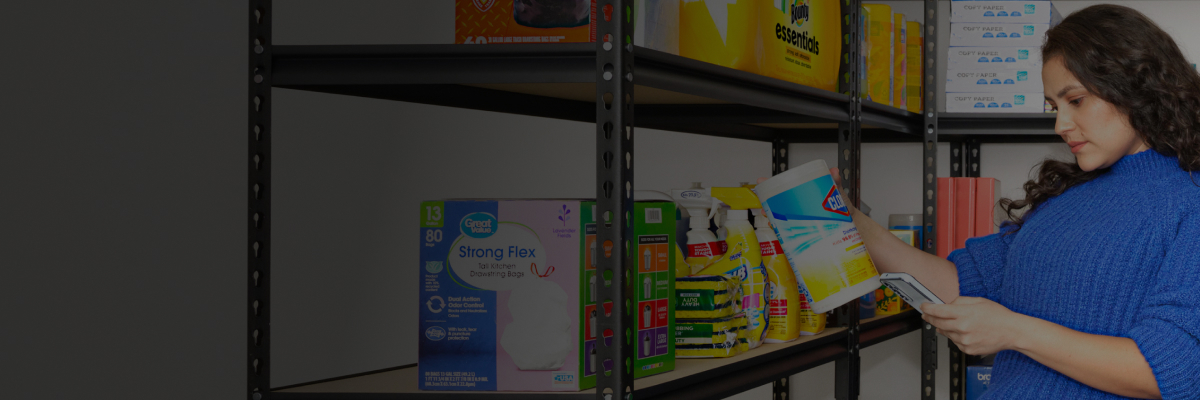

Limited-time offer
Unlock your special promo code
Stay informed on Walmart Business news & get $20 off a $100 purchase!1
1Minimum order of $100. Promo code can be used one time & may not be combined with other offers. Offer not transferable & void where prohibited by law. Customer responsible for all applicable taxes. Offer expires 12/31/2025 at 11:59pm PT. Further restrictions apply. See terms at checkout for details. Promo code offers available in limited quantities. While supplies last.
1 Restrictions apply.
2 Rewards can only be used toward future purchases on Walmart Business. Additional terms apply.
3 Savings based on 1 free $35+ delivery order vs. $9.95 fee and 1 free shipping order under $35 vs. $6.99 fee biweekly, plus 2% Walmart Business Rewards on monthly order >$250 (average value of $400).
Exciting news awaits
Hear firsthand about new products, features & promotions.
By clicking submit, you agree to receive emails about Walmart Business and acknowledge you have read and agreed to our Terms of use and Privacy Policy.



